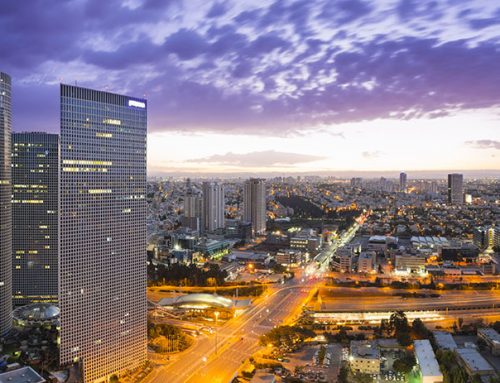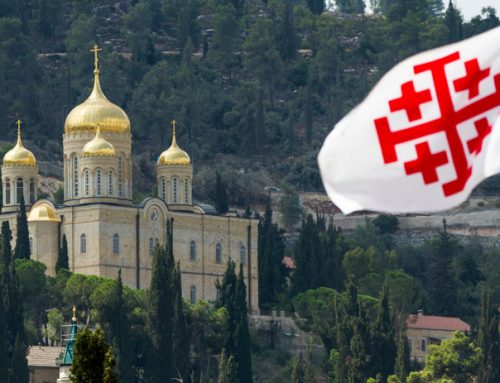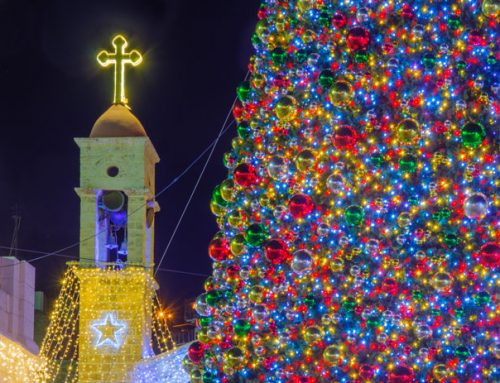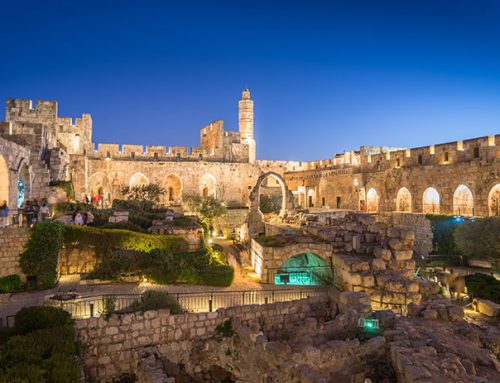Project Description
Towering over 800 meters above sea level, the Mount of Olives – a holy site associated with Islam, Judaism and Christianity – provides breathtaking views of Jerusalem and beyond. Follow the interesting story of this unique historical site
.
You won’t find many olives here, but you will find tranquility and primal views that stretch beyond the horizon. A short and concise guide to visiting the Mount of Olives
Background and Location
There’s no need to mention the million reasons for visiting Jerusalem. There is, however, good enough reason to mention this beautiful mountain ridge right outside the city. The Mount of Olives, so named for the olive groves that once dotted its slopes, is East Jerusalem’s most prominent point, towering over 800 meters above sea level. This holy site is associated with Islam, Judaism and Christianity, and has been used as a place of prayer and burial since the days of the First Temple. The mountain provides breathtaking views of Jerusalem and beyond – you can enjoy the panorama from the observation platform at the peak.

View of the old city from the Mount of Olives
The cemetery
Start off at the information center, where you can find books, maps and flyers that will help you navigate the area. Operators will help you locate specific graves of notable public and religious figures, or relatives and ancestors who have had the privilege of being buried in this sacred site – legend says that this is where the dead will be redeemed when the Day of Judgment comes.
Since the war of 1948, the Mount of Olives has become a source of dispute between Israel and Palestinians. As a result, many graves have been and continue to be a target of desecration. Volunteers are constantly working on restoring them.

The Jewish Cemetery in Mount of Olives
Religious Sites
The Mount of Olives is a holy site for Judaism, Christianity and Islam. Like the City of Jerusalem itself, churches, mosques and Jewish landmarks stand side by side, offering insight into all three religions.
The Christian sites are too numerous to list, but a few exceptional ones warrant at the very least a short description.
The Church of the Ascension, featuring an impressive bell tower and beautiful mosaics and frescos, is one of the most notable structures in the area. Built in the Wilhelminian-Byzantine style, it is part of the Augusta Victoria Compound. The church features marvelous mosaics and painted ceilings. If you’re feeling a bit hungry, stop for a drink and light snack at Café Auguste Victoria, right across from the church.
Also not to be missed is the Garden of Gethsemane, believed to be the site of Jesus’ final prayer before Judas’s betrayal and Jesus’ subsequent arrest. Once a lavish olive grove, it is now the site of The Church of All Nations, adorned with vaulted ceilings and stained glass windows.

Church of all nations
Built in 1895 in the traditional Russian Orthodox style, the Church of Mary Magdalene is an active convent and home to the relics of two saints. Beneath the striking golden onion domes are elaborate painted murals and several marble and bronze statues. The convent is home to some 30 nuns, renowned for their delicate handcrafted Russian eggs and prayer ropes, available for sale on site.
Muslim representation on the mountain is just as significant. According to Islam belief, when the End of Times arrives, a seven-arched bridge will form, connecting the Mount of Olives with the Temple Mount. Only the righteous shall pass on it. The Seven Arches Hotel refers to this story and offers luxury accommodations with unbeatable views. Muslim tradition also dictates that the holy Kaaba will be returned to the Mount of Olives, where it will be reunited with its sister rock at Al Haram Ash Sharif (the Temple Mount).
Apart from the cemetery, the Mount of Olives is also home to several Jewish sites. One of these is the Tomb of the Prophets, the alleged burial place of prophets Haggai, Malachi and Zechariah, and the final resting place of several other figures.
Access to the Mountain
The base of the mountain is easily reached by foot via the Muslim Quarter in the Old City, through Lions Gate. Alternatively, you can exit through the Dung Gate (Sha’ar Ha’ashpot in Hebrew) and follow the promenade. It’s a longer but more scenic route. Several buses also stop at the foot of the mountain (numbers 1, 3, 51, 83 and 84, at the time of writing).
While it is perfectly safe to visit the area, some routes leading up to the mountain are more prone to tensions, and are probably best avoided: rabaa al-adawiya st., Martin Buber St., and Ras el Amud neighborhood. If you still feel uneasy, the information center can arrange a security escort, free of charge. Advance booking is required.





